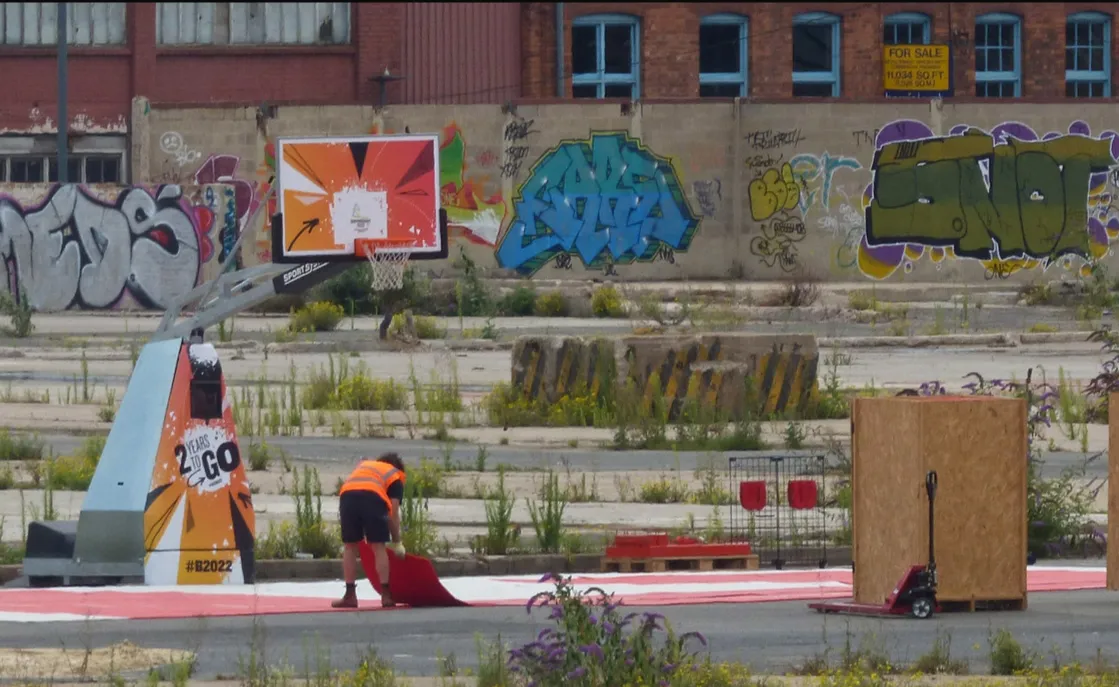There is a great scar in the middle of Birmingham. Get off the coach at Digbeth and you can't miss it. The Smithfield site is a vast empty patch of cement spanning 17 hectares between Bradford Street, the Bullring and the Gay Village.
When friends have come to visit me in Birmingham: the Smithfield site is often one of the first things they remark upon. Many ask me if it's a piece of land reserved for filming music videos, or if there has recently been a devastating fire. The truth, of course, is much more mundane: and yet just as odd.
The current empty space was once the site of the Bullring’s wholesale markets, erected in the 1970s. Before that it was a warren of Victorian streets, and centuries before that it was the mediaeval site of Birmingham’s manor house. Almost ten years on from the first formal notification that the site should be redeveloped in 2009, bulldozers moved in. They smashed to pieces the huge sheds, that housed everything from fruit and veg to fish and meat, in late December 2018.
The demolition was in aid of one of the UK’s biggest retail and accommodation redevelopments. Officially branded Smithfield: the project currently requires an estimated capital outlay of £1.9 billion, providing 3,500 new homes, commercial, arts and recreation spaces. The redevelopment gained official recognition from Birmingham City council in 2010’s Big City Plan, where it was called ‘The Southern Gateway’, although plans were initially talked about as early as 2007, according to the Birmingham Post.
This is a huge project. Yet, eighteen years after plans emerged to redevelop the wholesale markets, not one building has broken ground — and the citizens of Birmingham have been left with a huge wasteland, like something out of a post-nuclear apocalypse film.
Seven years have also gone by since the partial demolition of the wholesale markets, leaving a series of fences and concrete barriers that one planning professional describes to me as: “akin to the Berlin wall.” According to Smithfield’s former construction partners, Lendlease, before they partially pulled out, the project was estimated to be finished in 2035: bringing the total time from idea to completion from eighteen years to a staggering twenty-eight years.







